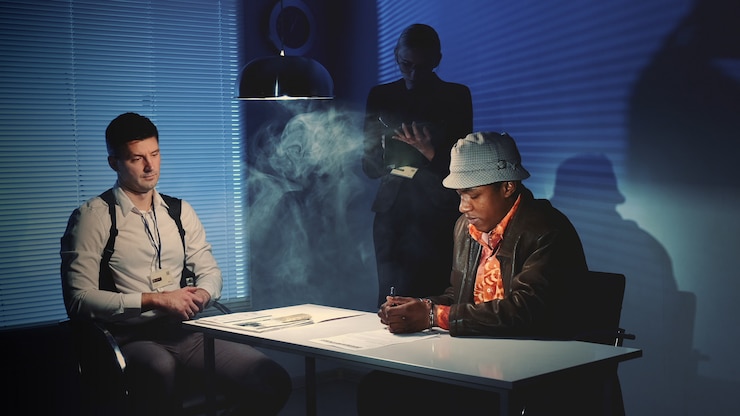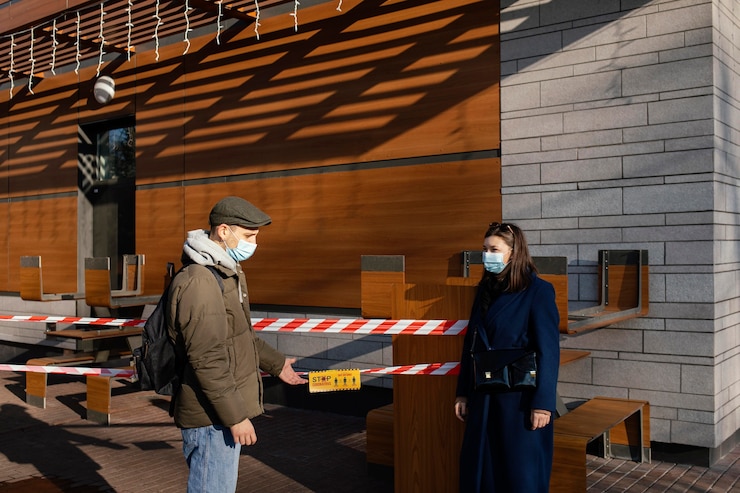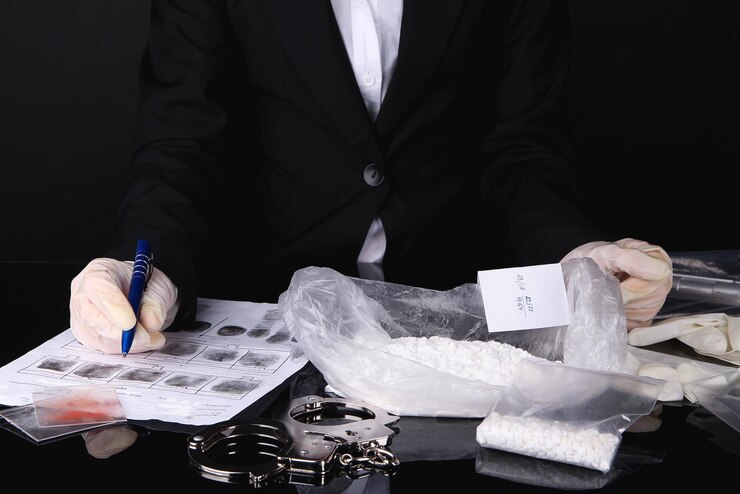
The Arlington Murder Case of 2024 shook the nation, capturing widespread attention for its complexity, high-profile investigation, and the chilling details surrounding the crime. The case, which unfolded in a quiet suburban neighborhood, drew parallels to some of the most infamous murder cases in recent history. In this article, we’ll explore how the events transpired, the police response, public reactions, and the subsequent trial that defined 2024.
The Crime Scene: A Shocking Discovery
On the morning of March 15, 2024, Arlington residents were jolted by the discovery of a gruesome crime scene in a well-to-do neighborhood. A jogger stumbled upon the lifeless body of local teacher Martha Jennings in the wooded area near her home. Jennings had been reported missing two days prior by her husband, raising immediate suspicions. The crime scene bore signs of a violent struggle, with police describing it as one of the most disturbing they had encountered in years.
Investigators found several key pieces of evidence at the scene, including a torn piece of fabric, a blood-stained weapon, and what appeared to be signs of the victim having been dragged. These details set the tone for an intense investigation, as the authorities sought to unravel the mystery behind this brutal killing.
The Investigation: A Puzzle of Clues

The Arlington Police Department mobilized all its resources to investigate the murder. Detectives initially focused on Martha’s close family and acquaintances. Her husband, Peter Jennings, became a person of interest due to inconsistencies in his alibi. However, he maintained his innocence and cooperated fully with law enforcement.
Key breakthroughs came when forensic evidence linked a suspect, Robert Maxwell, to the crime scene. Maxwell, a handyman with a criminal record, had worked on renovations at the Jennings’ home months earlier. Surveillance footage from nearby cameras also captured a vehicle matching Maxwell’s near the scene of the crime on the night of the murder. This pivotal evidence turned the spotlight onto Maxwell, leading to his arrest.
Media Coverage: A National Sensation
As news of the murder spread, the media frenzy surrounding the case escalated. Reporters from across the country descended upon Arlington, eager to cover every development. The narrative of a quiet town disrupted by a heinous crime resonated with viewers and readers alike.
True-crime enthusiasts dissected every detail of the investigation, with social media amplifying the story further. Speculations, theories, and debates raged online, with some defending Peter Jennings and others calling for justice against Robert Maxwell. The media coverage played a significant role in shaping public opinion, often to the detriment of a fair trial.
The Trial: Seeking Justice
The trial began in late September 2024 and was one of the most closely followed legal proceedings of the year. The prosecution presented a compelling case, supported by forensic evidence, witness testimonies, and circumstantial details linking Maxwell to the crime. The defense, however, argued that the evidence was circumstantial and raised doubts about the integrity of the investigation.
Emotional testimonies from Martha’s family highlighted the devastating impact of her loss. The jury deliberated for three weeks before delivering their verdict. Maxwell was found guilty of first-degree murder and sentenced to life in prison without the possibility of parole. While the verdict brought some closure, questions lingered about the motive and whether Maxwell acted alone.
Public Reaction and Impact on Arlington

The Arlington community struggled to process the events that had transpired. Many residents expressed relief at the conviction but also voiced concerns about safety in their once-peaceful neighborhood. Local leaders organized forums and increased community policing efforts to address the underlying anxieties.
On a broader scale, the case reignited debates about the criminal justice system, the role of media in high-profile trials, and the importance of forensic technology in solving crimes. The legacy of the Arlington Murder Case remains a cautionary tale of tragedy and resilience.
FAQs
- Who was Robert Maxwell, and why was he suspected of the murder?
Robert Maxwell was a handyman with a criminal record who had previously worked at the Jennings’ home. Forensic evidence and surveillance footage placed him near the crime scene, making him the primary suspect. - Was there any evidence to suggest others were involved in the crime?
While Maxwell was convicted as the sole perpetrator, some theories suggested the involvement of an accomplice. However, these theories were not substantiated during the trial. - What measures have been taken to prevent such crimes in Arlington?
Following the murder, Arlington implemented increased neighborhood patrols, improved street lighting, and established a community crime watch program to enhance safety. - How did the media influence the case?
The intense media coverage amplified public interest but also created challenges for ensuring an impartial trial. Social media added to the scrutiny, with many speculating on the case without full information.
Conclusion
The Arlington Murder Case of 2024 will forever be etched in the collective memory of the town and the nation. It highlighted the fragility of life, the intricacies of the justice system, and the profound impact of crime on communities. While justice was served, the case serves as a stark reminder of the importance of vigilance, community unity, and the pursuit of truth in the face of tragedy.